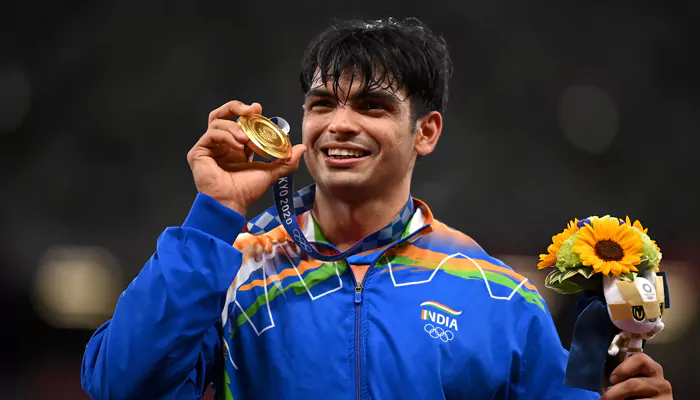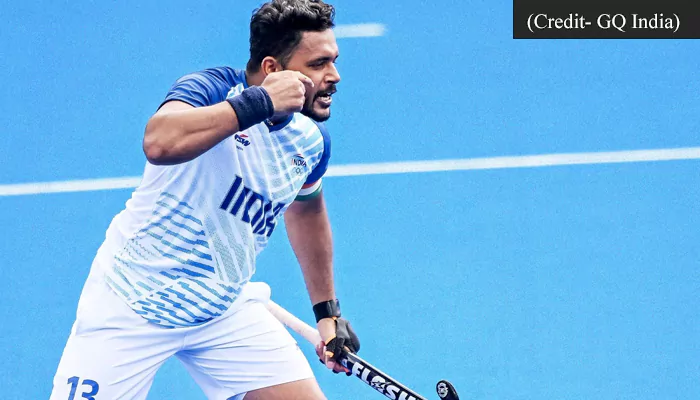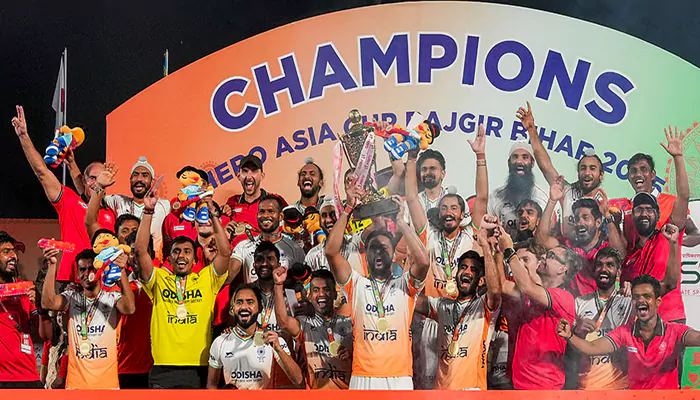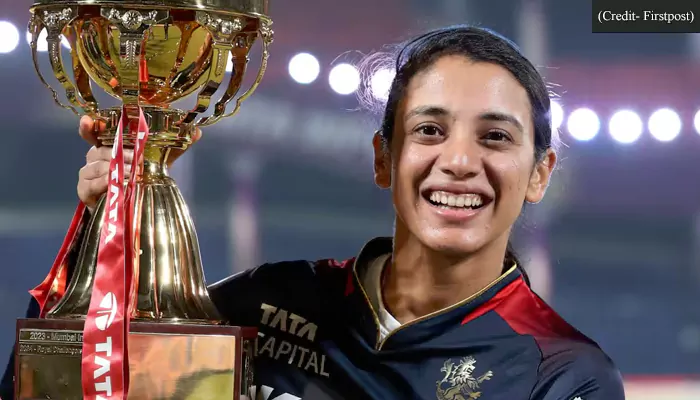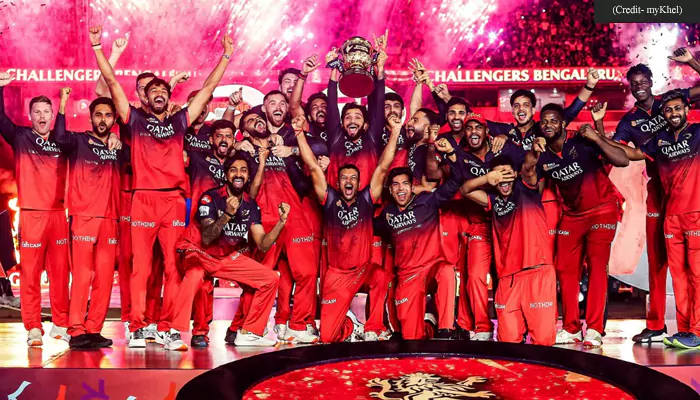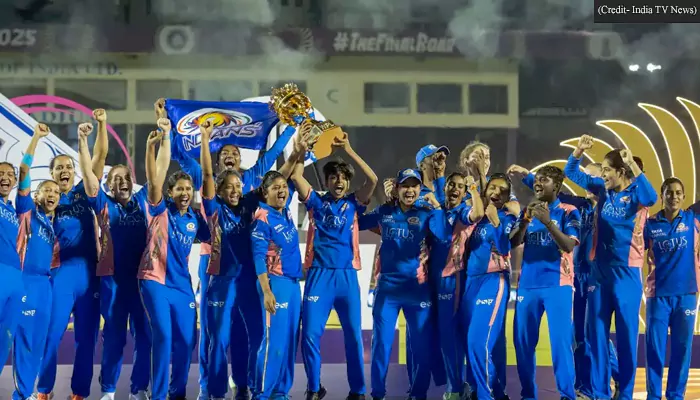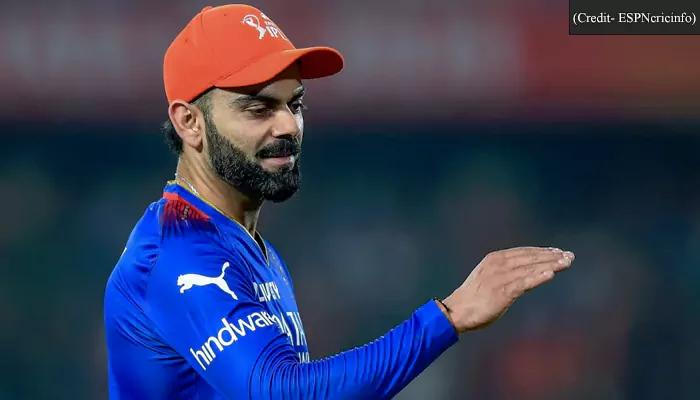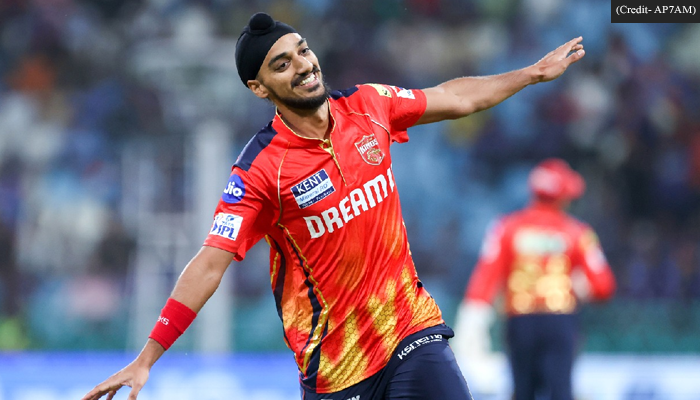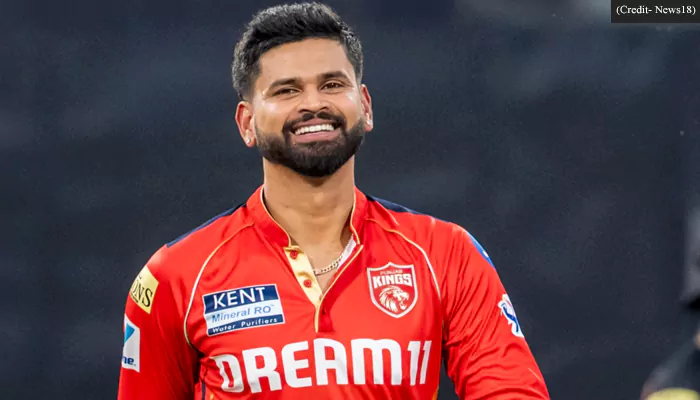IPL Trivia: When the League Graduated to More Than Eight Teams for the First Time
- Admin
- 1 year ago
- 3 minutes read

The IPL became a 10-team affair in 2022 with the addition of Gujarat Titans and Lucknow Super Giants but it wasn’t the first such instance
The 2011 Indian Premier League (IPL) marked a significant shift in the tournament’s history, becoming the first season to feature 10 franchises. This expansion brought a new wave of excitement and competition to the already popular T20 cricket league. Let’s delve into the details of this groundbreaking season.
From Eight to Ten: A League on the Rise
Prior to 2011, the IPL had successfully run three seasons with eight participating teams. However, the desire to broaden the league’s reach and introduce fresh rivalries led to the inclusion of two new franchises: Pune Warriors India and Kochi Tuskers Kerala. This decision not only increased the number of matches from 60 to 74 but also diversified the geographical representation of teams in the league.
A Balancing Act: The Group Stage Format
To accommodate the additional teams, the IPL implemented a unique group stage format. The ten franchises were divided into two groups of five each: Group A consisting of Deccan Chargers, Delhi Daredevils, Kings XI Punjab, Mumbai Indians, and Pune Warriors India; and Group B featuring Kolkata Knight Riders, Kochi Tuskers Kerala, Royal Challengers Bangalore, Rajasthan Royals, and the reigning champions, Chennai Super Kings.
Within these groups, each team played the other four teams twice (once at home and once away). Additionally, they faced four teams from the opposite group once and the remaining team from the other group twice. This intricate format ensured a balanced schedule where every team played 14 matches.

CSK successfully defended their IPL title in 2011, defeating Royal Challengers Bangalore by a convincing 58 runs in the final
Record Breaking Season: On-Field Achievements
The 2011 IPL wasn’t just about expansion; it also witnessed some remarkable feats on the field. Lasith Malinga of Mumbai Indians etched his name in history by claiming the most wickets (28) in a single IPL season. Chris Gayle, playing for Royal Challengers Bangalore after joining mid-season, showcased his explosive batting power, amassing the most runs (608) in the tournament.
While individual brilliance stole the spotlight, the Chennai Super Kings continued their dominance. Led by MS Dhoni, they successfully defended their IPL title, defeating Royal Challengers Bangalore by a convincing 58 runs in the final. Murali Vijay, the Chennai opener, was declared the Man of the Match for his crucial knock in the final.
Challenges and Considerations
Despite the excitement surrounding the expansion, the 10-team format also presented challenges. The increased number of matches meant a longer tournament schedule, potentially impacting player fatigue and international commitments. Additionally, concerns arose regarding the potential dilution of talent with the addition of new teams.
A Turning Point for the IPL
The 2011 IPL season served as a turning point for the league, paving the way for further growth and experimentation. While the number of teams eventually stabilized at eight in subsequent seasons, the 10-team format demonstrated the IPL’s capacity to adapt and evolve. It also highlighted the immense popularity of the league and its ability to attract new audiences and franchises.
In conclusion, the 2011 IPL season wasn’t just about cricketing action; it signified the league’s ambition and its ability to transform into a mega sporting event. The introduction of new teams, the record-breaking performances, and the thrilling conclusion cemented the IPL’s position as a global phenomenon.

